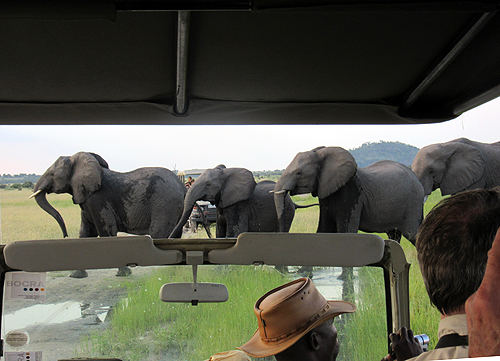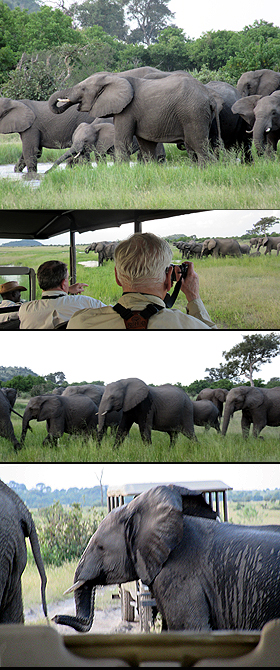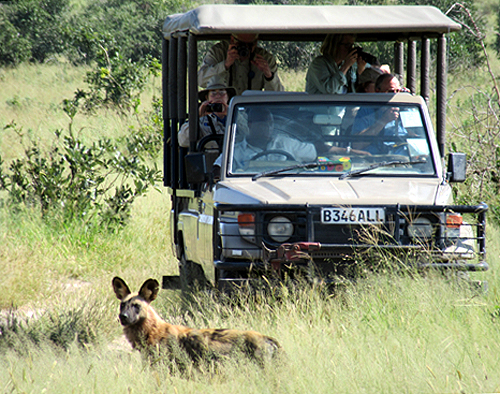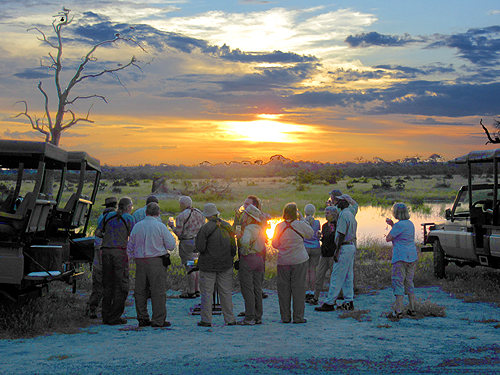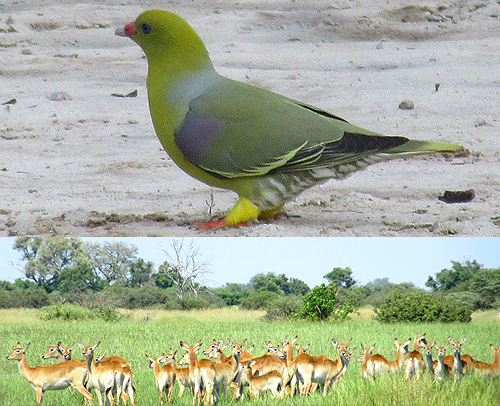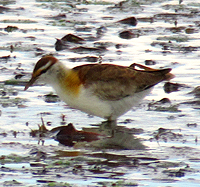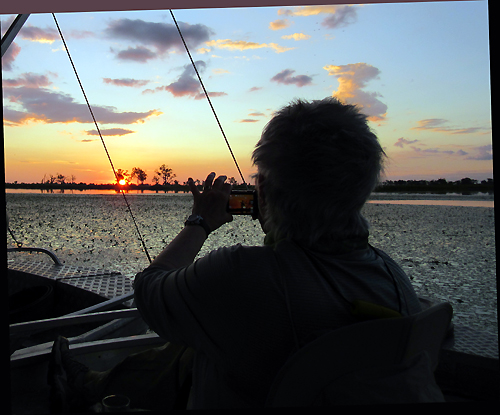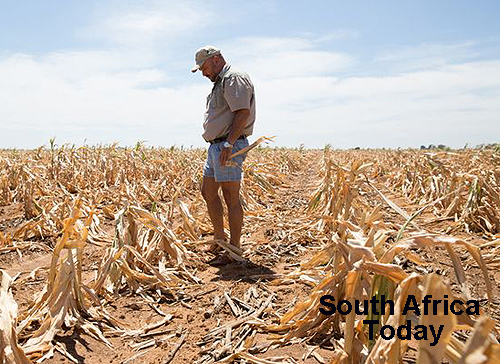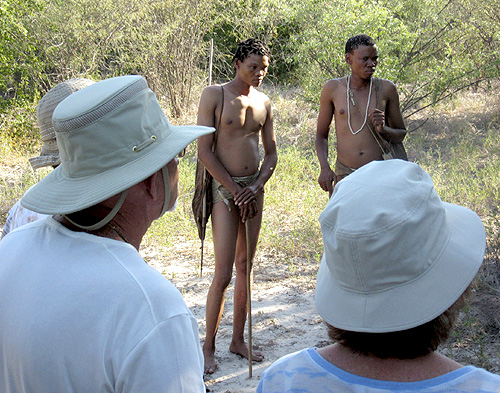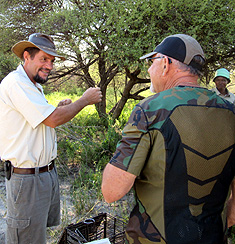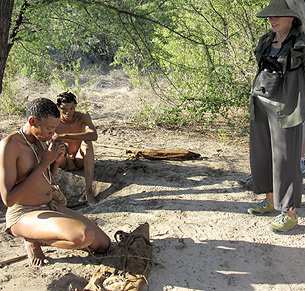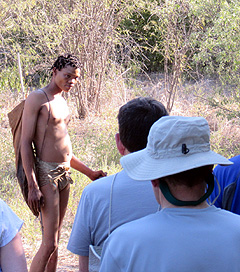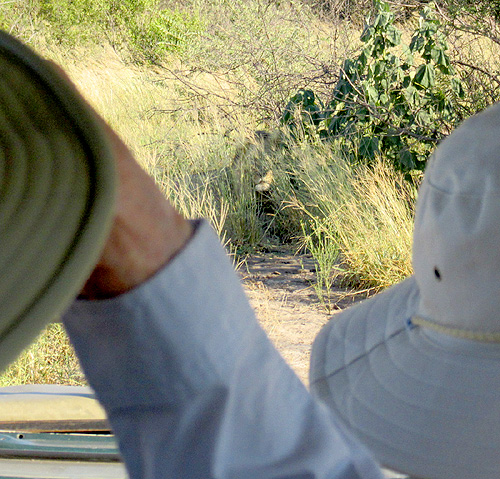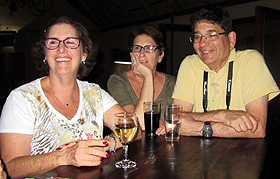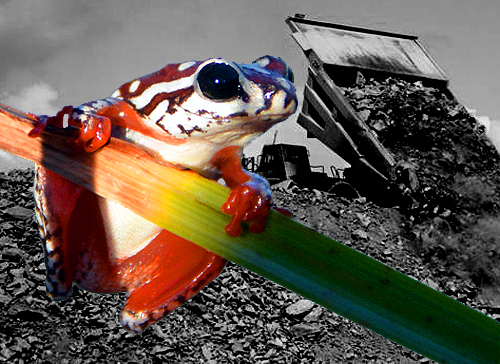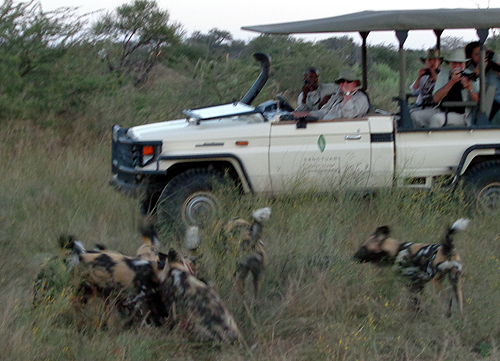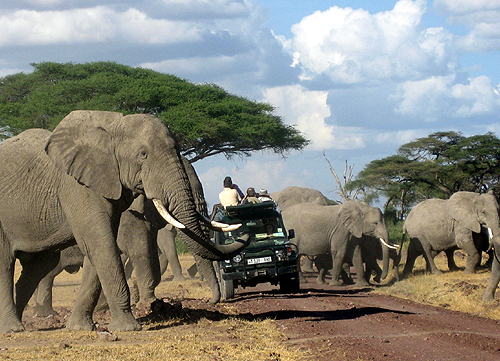 Elephants do not have souls, and countenancing this myth is a sure fire way to accelerate their extinction.
Elephants do not have souls, and countenancing this myth is a sure fire way to accelerate their extinction.
The brilliant and stunning film, “Soul of the Elephant,” which aired on PBS’s Nature yesterday evening was rife with untruths and speculative science. It was as bad a nature documentary as a Fox News report.
The exquisite beauty of the film, the rhythmic narration and the beautiful background music including outstanding African-like acapella created a media poem of the finest sort. I wish it had been a feature film, because the main proposition that elephants are like people is something that can ultimately never be proved or disproved but as a fictional piece it would have been very strong.
Unfortunately, it’s untrue.
Before I list errors of fact, let me remind you why this is such a mission for me: Anthropomorphization in my view does more to harm African conservation than wars or poison. Films like this hasten the end of the African wilderness and its wondrous wildlife.
As I’ve written numerous times before, the almost exclusively western attempt to anthropomorphize Africa’s wildlife draws a red line with emerging intellectuals in Africa who are dedicated to the development of their social and political fabric in an extremely stressed part of the world.
It’s akin to America’s own political battle with the Citizens United/Campaign Finance controversy where corporations are treated as people.
If animals are considered people, inalienable rights attend them that make compromise if not impossible considerably more difficult with issues of land and agricultural development, highway construction, potable water reservoirs and innumerable other absolute necessities for human development.
But it isn’t just the outcome that bothers me. The proposition that elephant are “sentient beings, thinking thoughts, having ideas” and that they “think” — all of which is quoted directly from the film — is wrong. There is no science whatever to support this, only media poems.
The world of life is composed of a myriad of wondrous forms, each in my view essential to our fabric of existence. Biodiversity is the only goal we have left that can preserve our understanding of our own existence, but biodiversity resides in the notion that some living things “think” and some “don’t.” Elephants and virtually the vast majority of all other animals don’t either.
Man thinks.
Many of the Joubert’s errors are not egregious, but the plethora of them evidences their lack of scientific diligence. They created a wonderful poem, not a nature documentary:
They claimed there were once 5 million elephants. We’ll never know, because paleontologists have not yet collected enough evidence of prehistoric times to create population statistics. What we do know is that before the atrocious elephant poaching of the 1970s, there conceivably had been a population that “might” have approached a million.
Ivory harvesting by Arab traders began as early as the 13th Century, so it’s plausible that the apex of the population was prior to then. But even the 7 centuries of Arab harvesting on the scale that was possible back then could not have possibly eroded a 5 million animal population down to a million.
The exaggeration of numbers in the film continued to discussion of the Selina Spillway and that of Botswana itself. It was only this August, well after the film was near completed, that the first elephant count of the continent ever was done.
“There are no credible estimates for a continental population prior to the late 1970s. Thus for the continental (global) population, an extrapolation back to the beginning of three generations is plagued with high levels of uncertainty,” writes the Bible of Biodiversity, the IUCN Red List.
Exaggerating bad situations into catastrophes is a technique of terrorists and fools.
In one section alone Joubert claimed that “Seventy years ago a little baby [elephant] had less than a 10% chance of surviving.” That would have been in the 1940s, long before poaching ramped up and is an absurd proposition. Nearly as absurd as his claim that where he was filming “was a 5-day drive from the nearest town.”
I have often been in various parts of the Selinda Spillway. EWT will lead a Botswana trip there next March. There is no place that is more than 2-3 days from Kasane and possibly less from Maun. These are modern if rural towns.
Joubert concludes at some point that his love of elephants is best reflected by the “eyes that shine with a deep intelligence” which stretches poetic license to the limits, since many elephants eyes close perpetually after they reach their teen years.
I think what bothered me most about the film was trying to tell a story that didn’t exist. There was no baby elephant that was drowning. The film showed a baby elephant frolicking in the mud; it was not drowning.
It then cut to lions, that were not shot in the same vicinity. It then cut to the attack of a lion on a baby elephant. That was still a different set of lions and a different baby elephant altogether. The editing wasn’t even good enough to equalize the lighting that revealed deeply different seasons in the three different scenes, purported to be one.
I actually laughed when he suggested that the aggression the elephants were causing might have to do with the memory of the two dead elephants in the vicinity. The elephants were aggressive because he was too close! And imagine how many other pontoons and boats and canoes and cameras were there shooting him shoot!
It’s OK if it’s just a story. This is not a documentary. Elephants do not have souls. Elephants must be protected along with their environment, and Africa must have the freedom to grow and develop, and that is a puzzle that this film does everything in its power to prevent from being solved.
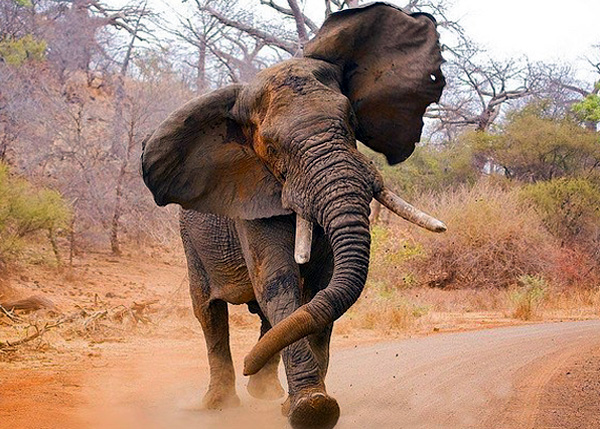 Last month British Columbia joined a slowly growing list of governments when it banned big game hunting (of brown bears). The trend is clear and provocative. In Africa it has nearly led to civil war.
Last month British Columbia joined a slowly growing list of governments when it banned big game hunting (of brown bears). The trend is clear and provocative. In Africa it has nearly led to civil war.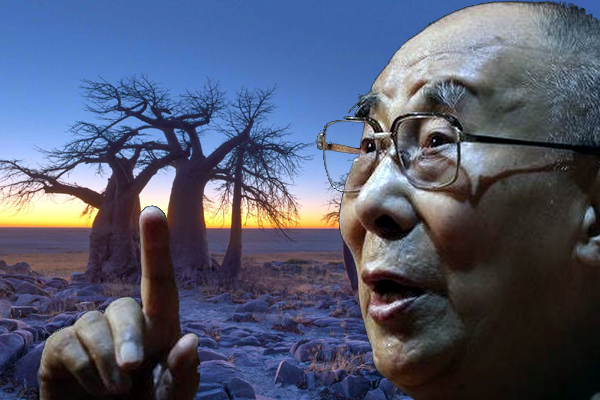 If you can’t believe the Dalai Lama, who can you believe?
If you can’t believe the Dalai Lama, who can you believe?